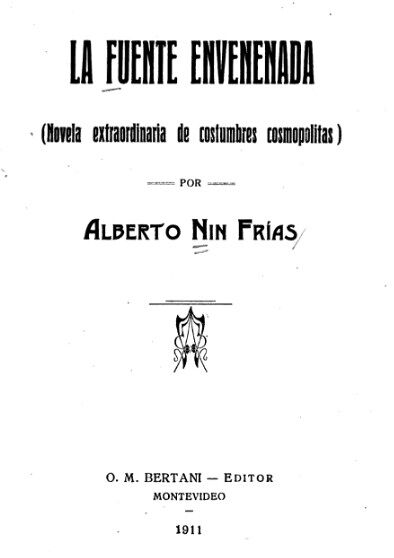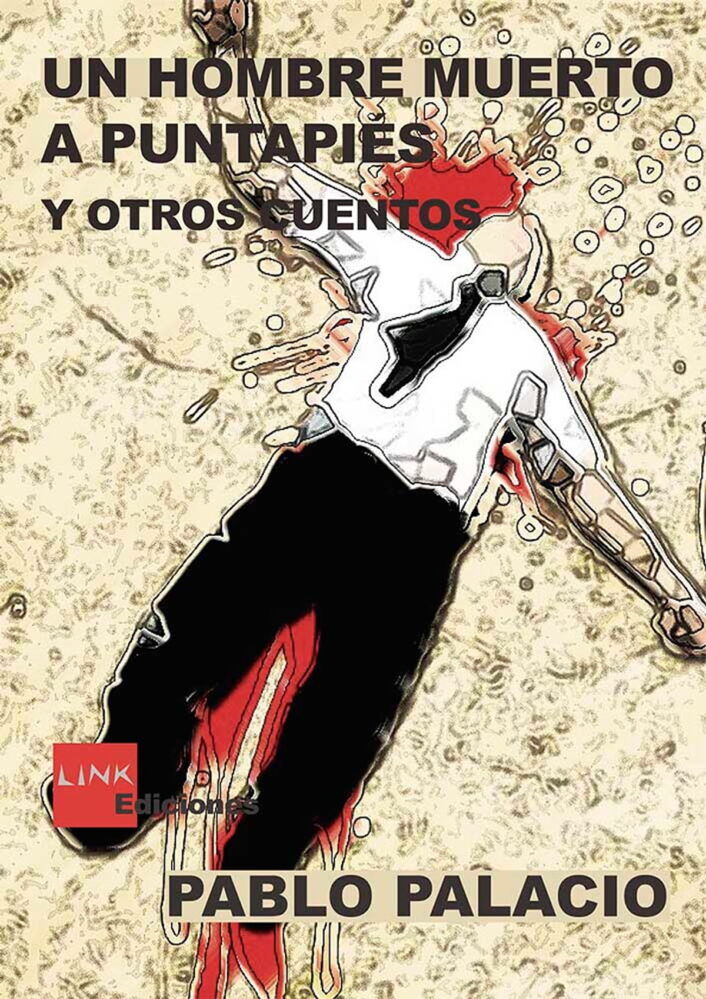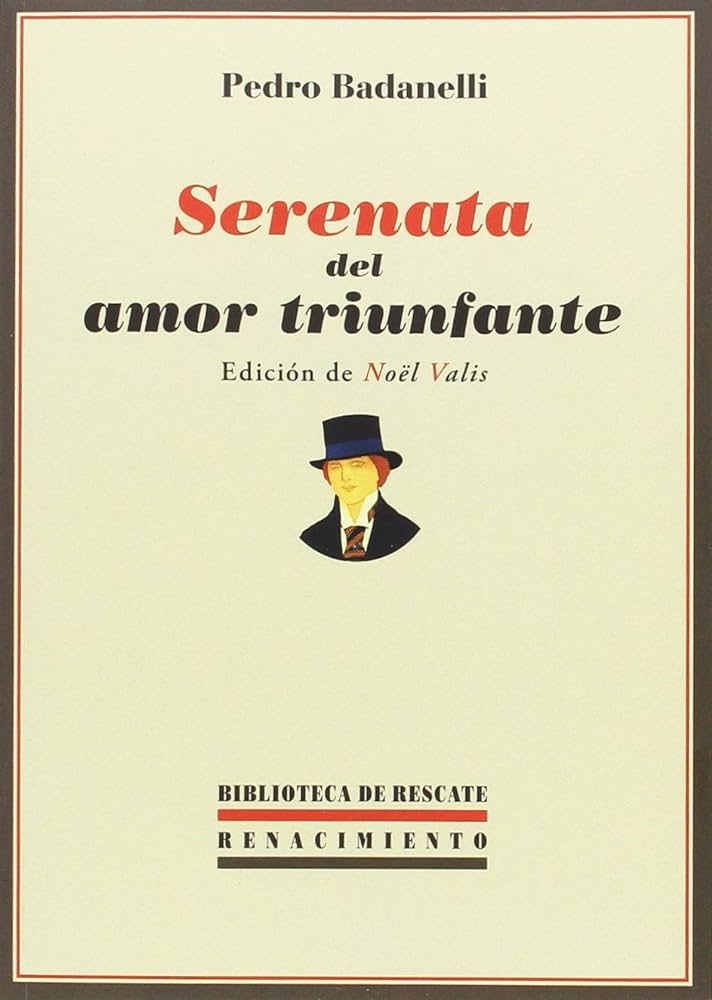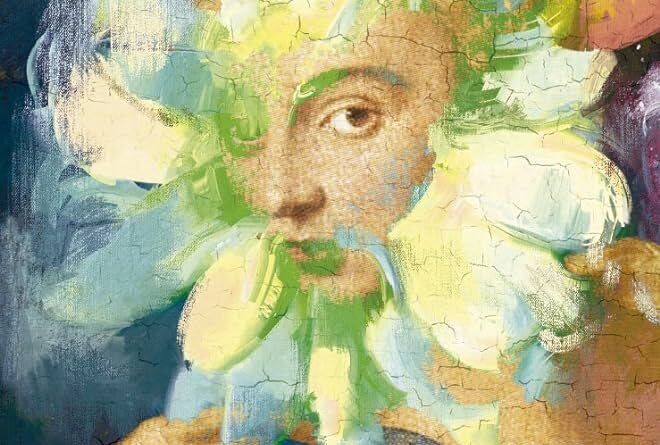While there’s no shortage of notable Spanish and Latin American authors — from Cervantes in Spain, who gifted the world with Don Quixote in the 16th Century, the very first great novel of world literature, to Venezuela’s Gabriel Garcia Marquez, who redefined the genre with magical realism in One Hundred Years of Solitude in the 20th Century — gay themes and authors have been hard to find among their ranks.
That’s changed dramatically this century with a blossoming of queer literature from Spanish and Portuguese-speaking authors. From Adam Silvera’s acclaimed They Both Die at the End (2017) to this year’s Pedro and Daniel by Federico Erebia, the cultural shackles of Catholicism and machismo have been loosened, leaving modern Hispanic writers to express queerness with ferocity, flamboyance, and fearlessness.
Related:
These 7 queer Hispanic musicians are blazing trails for bold self-expression
They’re ripping apart the strict gender roles that have long shaped Hispanic life.
In the years before the modern-era, some Spanish-language literature had allusions to homosexuality, codes to be deciphered, the occasional sexual “deviant” employed as a plot device. But Spain and Latin America never had their own Oscar Wilde or Walt Whitman championing gay sensibilities in Spanish and Portuguese during the same time span when those authors were actively writing.
Never Miss a Beat
Subscribe to our newsletter to stay ahead of the latest LGBTQ+ political news and insights.
Yet gay themes in Spanish and Latin American writing did begin making an appearance in the late 19th century, possibly influenced by Anglo and American authors, particularly in Brazil. Their books offer a glimpse into LGBTQ+ characters and themes. Over time, these queer moments evolved into realistic portrayals of LGBTQ+ with agency.
Here’s a list of some of the very first novels in Spanish and Portuguese featuring queer themes and characters.
Mexico, 1871

La Historia de Chucho el Ninfo (The Story of Chucho the Nympho) was written by “Facundo”, a pseudonym for José Tomás de Cuéllar. This story introduces the first clearly effeminate character in Mexican literature, who doesn’t identify as a man.
Brazil, 1885
In Um Homem Gasto (A Spent Man) by Ferreira Leal, Alberto, trapped in an arranged marriage, recounts in a letter to Paulo the reasons that made him a “spent man.” Contributing to his downfall was a life of excesses and perversions, including homosexuality, a “nefarious error” he’s engaged in since youth.
Brazil, 1888

In O Ateneu (The Athenaeum) by Raul Pompeia, the Brazilian author depicts situational homosexuality among students in an all-male boarding school. Though the narrator doesn’t seem queer himself, this coming-of-age novel depicts the ambivalent emotional intimacy he develops with several male friends.
Brazil, 1890
In O Cortiço (The Slum) by Aluísio Azevedo, the writer presents a kaleidoscopic tale that relates the stories of Portuguese and other European immigrants, mulattos, and former African slaves living and working together. Among them is Albino, an effeminate gay stereotype of the time. The book also portrays a sexual relationship between two women as well.
Portugal, 1891

In O Barão de Lavos (The Baron of Lavos) by Abel Botelho, an overlooked Portuguese novel, the title character seduces Eugénio, a sixteen-year-old Lisbon street urchin whom he falls in love with and will destroy his life. It’s definitely not a positive depiction of homosexuality, as the teen lover wrecks the title character’s world, but the work is still one of the earliest Portuguese novels focused on gay and bisexual male characters.
Brazil, 1895

Bom-Crioulo (Bom-Crioulo: The Black Man and the Cabin Boy) by Adolfo Caminha was the first novel from Brazil to center on a gay relationship and to have a Black person as its hero. Largely forgotten in the early 20th century, in the century’s second half it was republished several times in Brazil and eventually translated into English, Spanish, German, French, and Italian.
Brazil, 1899
Impotência (Impotence) by “João do Rio” (or João Cristóvão dos Santos Coelho Barreto). This story explores the life of Gustavo Nogueira, a 70-year-old man, and his unfulfilled gay desire. The narrative unfolds as the man sits on a pink couch in his library, reliving his past memories, mired in weakness and thwarted by his misbegotten attempts to seduce women due to conformist social pressure.
Brazil, 1899
Pílades e Orestes (Pylades and Orestes) by Joaquim Maria Machado de Assis is a short story that recounts the relationship of two thirtysomething friends, Quintanilha and Gonçalves, and what happens when a woman interrupts their all-male idyll.
Brazil, 1900
Ódio, ou Páginas de um Diário (Hate, or Pages from a Diary) by “João do Rio” (or João Cristóvão dos Santos Coelho Barreto) is a story of repressed desire about a man named Fábio who remembers with longing and contempt the feelings he had, and has, for a neighbor.
Brazil, 1902
Extravagância (Extravagance) by “Symphrônio Perillo” (a pseudonym) is a short story from a collection entitled A Casadinha (The Little House). In the story, a man picks up a sex worker named Oscar and dismisses the implications by calling the encounter an “extravagance”.
Portugal, 1906

O Sr. Ganimedes (Mr. Ganymede) by Alfredo Gallis (a pseudonym) presents a shy and effeminate boy named Leonel who grows up to become a slender and elegant young man whom Lisbon’s debutantes desire. But he’s in love with Liberato, a large-bodied, rude, fighting man with a fetish to see Leonel as a girl.
Brazil, 1908

In O Bebê da Tarlatana Rosa (The Baby of the Pink Tarlatana) by “João do Rio” (João Cristóvão dos Santos Coelho Barreto), the protagonist meets an alluring man during the Carnivale celebration. However, in an intimate moment, he learns the man is really a woman in disguise.
Uruguay, 1911

La Fuente Envenenada (The Poisoned Fountain), a coded novel by the well-known Uruguayan novelist Alberto Nin Frías, is set in Paris. It tells the story of the intimate friendship between two young men, Greek writer Sordello Andrea and dissolute Cuban refugee Jorge de la Torre.
Spain, 1912
La Vejez de Heliogábalo (The Old Age of Heliogabalus) by Antonio de Hoyos y Vinent follows The Count of Medina la Vieja, a weak, cerebral, and perverse hero who enjoys his latest, decadent passion.
Uruguay, 1913

Marcos, Amador de la Belleza (Marcos, Lover of Beauty) by Alberto Nin Frías is another wildly homoerotic — and coded — novel by the Uruguayan author about the intimacies men share.
Portugal, 1914
A Confissão de Lúcio (Lucio’s Confession) by Mário de Sá-Carneiro depicts an alleged murderer who recounts the fateful ménage à trois that landed him in prison.
Brazil, 1914
In O Menino do Gouveia (Gouveia’s Boy) by “Capadocio Maluco” (a pseudonym), a man visits a prostitute who tells him the story of his life and his endless sexual desire. The novel, the first mainstream Brazilian work to feature explicit gay sex, has been reclaimed recently for its pioneering look at homosexuality, transsexuality, and intergenerational intimacy.
Spain, 1915

El Martirio de San Sebastián (The Martyrdom of Saint Sebastian) by Antonio de Hoyos y Vinent narrates life in a sordid brothel located in the Chinatown of Barcelona. There, a young man called El Bonito (the beautiful one) works as a servant.
Chile, 1915
La Sombra Inquieta (The Restless Shadow) by “Alone” (a pseudonym for Hernán Díaz Arrieta) is a novel that includes the first effeminate character in Chilean national literature.
Spain, 1919

Los Extravíos de Tony (The Misplacements of Tony) by Álvaro Retana recounts tales from the diary of 16-year-old Antonio “Tony” Fontanar. He writes of his education in an aristocratic school in Madrid and tells the story of how he ends up in jail along with his classmates, whom he refers to as “the Duchesses”.
Guatemala, 1920
El Hombre que Parecía un Caballo (The Man Who Resembled a Horse) by Rafael Arévalo Martínez is an oblique account of homoerotic desire. The text is thought to be a satirical portrait of Colombian poet Porfirio Barba-Jacob, who is portrayed as a blaspheming, egotistical man without morals.
Spain, 1923

Mi Novia y Mi Novio (My Girlfriend and My Boyfriend) by Álvaro Retana is about a young man who meets a pair of siblings with whom he begins relationships at the same time.
El Salvador, 1923
La Corrección de Menores (The Correction of Minors) by Francisco Herrera Velado is a short story in the collection Mentiras y Verdades (Lies and Truths). The story tells the tale of Luis/Luisa, a man who is raised as a girl and who, over the years, lives in constant transition between both genders.
Spain, 1924
In Pasión y Muerte del Cura Deusto (Passion and Death of the Priest Deusto) by Augusto d’Halmar, a priest must decide between his vows to the Church and his love for a gypsy who shares his desires.
Ecuador, 1926

In Un Hombre Muerto a Puntapiés (The Man Who Was Kicked to Death) by Pablo Palacio, the narrator investigates the murder of a man and becomes obsessed with discovering the “vice” responsible for his death.
Guatemala, 1927
In Las Noches en el Palacio de la Nunciatura (The Nights in the Nunciature Palace) by Rafael Arévalo Martínez, a spiritualist crosses over into a romantic relationship with the object of his desire.
Spain, 1928

El Angel de Sodoma (The Angel from Sodom), a novel by Cuban-Spanish author Alfonso Hernández-Catá, was the first mainstream Spanish novel to center a gay protagonist and theme. While not portrayed as a crime, the protagonist’s instincts were still characterized as an illness, in keeping with the prejudiced scientific consensus of the time.
Spain, 1929

Serenata del Amor Triunfante (Triumphant Love Serenade) by Pedro Badanelli is a story of a brother and sister’s rivalry for the same man, which ends in a delirium of passion and death. However, the author makes an ethical and aesthetic defense of homosexuality in the telling, with arguments that evoke his pathbreaking contemporaries André Gide, E.M. Forster, and Alberto Nin Frías. As a result of its publication, Badanelli, a priest, was exiled to Argentina.
Don't forget to share:
















